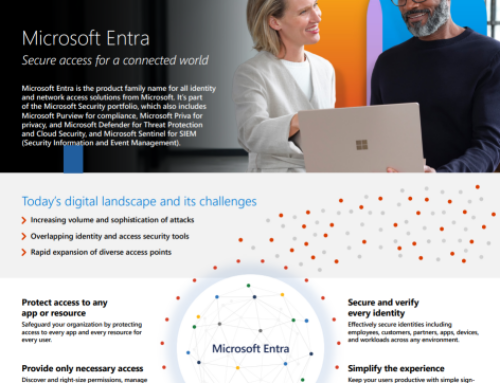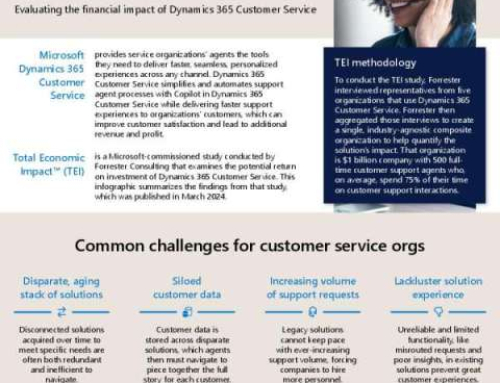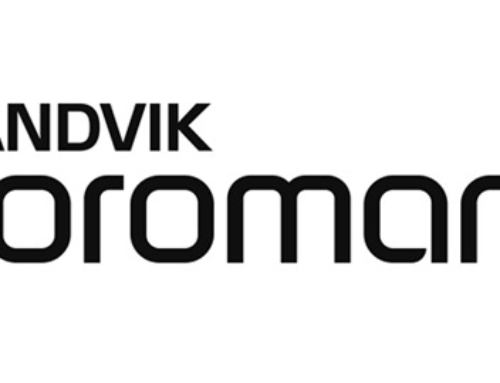This year promises to introduce significant disruption and challenges for businesses. These key trends will reshape IT and the enterprise. In recent years, the pace of digital change has been breathtaking. New tools, technologies, and processes have entered the enterprise, and the intersection of these factors has introduced new and more complex challenges along with remarkable opportunities. The top trends cover three themes: the merging of the natural and virtual worlds, the advent of intelligence everywhere, and the technological impact of the digital business shift.
The top 10 strategic technology trends are:
1. Open Source Everywhere
A powerful trend in business and IT is the adoption of open-source technologies. The movement reaches broader and deeper into organizations and more than LAMP stack, Linux, Hadoop, OpenSSL, and Apache. Development tools, data storage methods, virtualization techniques, content management, and security are a few open-source areas. Initiatives such as OpenStack, OpenFlow, and the Open Compute Project are mainstreaming. Surveys show that many businesses and IT executives (80 percent or more in many cases) now view open source as a competitive advantage.
2. IT gets Agile
Recently, IT projects were typically measured in months or years. Today, update and refresh cycles take place in days or weeks. A more holistic, cross-functional, and scalable approach to IT is critical. This leads to rapid and agile development techniques and initiatives such as DevOps. The offshoot of all this is a need to re-evaluate systems and redraw the roadmap for the future. This translates directly into purging older legacy applications that add minimal business value to free resources for more disruptive technologies that deliver more excellent results and improve the customer experience.
3. Web-Scale IT
Web-scale IT is a pattern of global-class computing that delivers the capabilities of large cloud service providers within an enterprise IT setting. More organizations will begin thinking, acting, and building applications and infrastructures like Web giants such as Amazon, Google, and Facebook. Web-scale IT does not happen immediately but will evolve as commercial hardware platforms embrace the new models and cloud-optimized and software-defined approaches reach the mainstream. The first step toward the Web-scale IT future for many organizations should be DevOps — bringing development and operations together in a coordinated way to drive rapid, continuous incremental growth of applications and services.
4. Software-Defined Applications and Infrastructure
Agile programming of applications to basic infrastructure is essential to enable organizations to deliver the flexibility required to make the digital business work. Software-defined networking, storage, data centers, and security are maturing. Cloud services are software-configurable through API calls, and applications, too, increasingly have rich APIs to access their function and content programmatically. To deal with the rapidly changing demands of digital business and scale systems up — or down — rapidly, computing has to move away from static to dynamic models. Rules, models, and code that can dynamically assemble and configure all of the elements needed from the network through the application are required.
5. Cloud/Client Computing
The convergence of cloud and mobile computing will continue to promote the growth of centrally coordinated applications that can be delivered to any device. In the near term, the focus for cloud/client will be on synchronizing content and application state across multiple devices and addressing application portability across devices. Over time, applications will evolve to support the simultaneous use of various devices. The second-screen phenomenon today focuses on coordinating television viewing with the help of a mobile device. In the future, games and enterprise applications will use multiple screens and exploit wearables and other devices to deliver an enhanced experience.
6. The Internet of Things
The combination of data streams and services created by digitizing everything creates four basic usage models — Manage, Monetize, Operate and Extend. These four basic models can be applied to the four “Internets.” Enterprises should not limit themselves to thinking that only the Internet of Things (IoT) (assets and machines) has the potential to leverage these four models. For example, the pay-per-use model can be applied to help (such as industrial equipment), services (such as pay-as-you-drive insurance), people (such as movers), places (such as parking spots), and systems (such as cloud services). Enterprises from all industries can leverage these four models.
7. Computing Everywhere
As mobile devices continue to increase. Gartner predicts an increased emphasis on serving the mobile user’s needs in diverse contexts and environments, as opposed to focusing on devices alone. Phones and wearable devices are now part of an expanded computing environment that includes consumer electronics and connected screens in the workplace and public space. Increasingly, the overall environment will need to adapt to the requirements of the mobile user. This will continue to raise significant management challenges for IT organizations as they lose control of user endpoint devices. It will also require increased attention to user experience design.
8. Context-Rich Systems
Ubiquitously embedded intelligence combined with pervasive analytics will drive the development of systems that are alert to their surroundings and respond appropriately. Context-aware security is an early application of this new capability, but others will emerge. By understanding the context of a user request, applications can not only adjust their security response but also adjust how information is delivered to the user, greatly simplifying an increasingly complex computing world.
9. 3D Printing
Worldwide shipments of 3D printers are expected to grow 98 percent in 2015, followed by a doubling of unit shipments in 2016. 3D printing will reach a tipping point over the next three years as the market for relatively low-cost 3D printing devices continues to increase and industrial use expands significantly. New industrial, biomedical, and consumer applications will continue to demonstrate that 3D printing is a natural, viable, and cost-effective means to reduce costs through improved designs, streamlined prototyping, and short-run manufacturing.
10. Smart Machines
Deep analytics applied to an understanding of context provide the preconditions for a world of intelligent machines. This foundation combines advanced algorithms that allow systems to understand their environment, learn for themselves, and act autonomously. Prototype autonomous vehicles, advanced robots, virtual personal assistants, and smart advisors already exist and will evolve rapidly, ushering in a new age of machine helpers. The smart machine era will be the most disruptive in the history of IT.
Sources: Baseline Magazine and Gartner
This year in every opportunity, technology adoption, and business partnership that you will form, we at ATI are with you every step of the way. To know more about how we are different, what we do, and how we can help, please visit – www.atiserve.com.











Leave A Comment